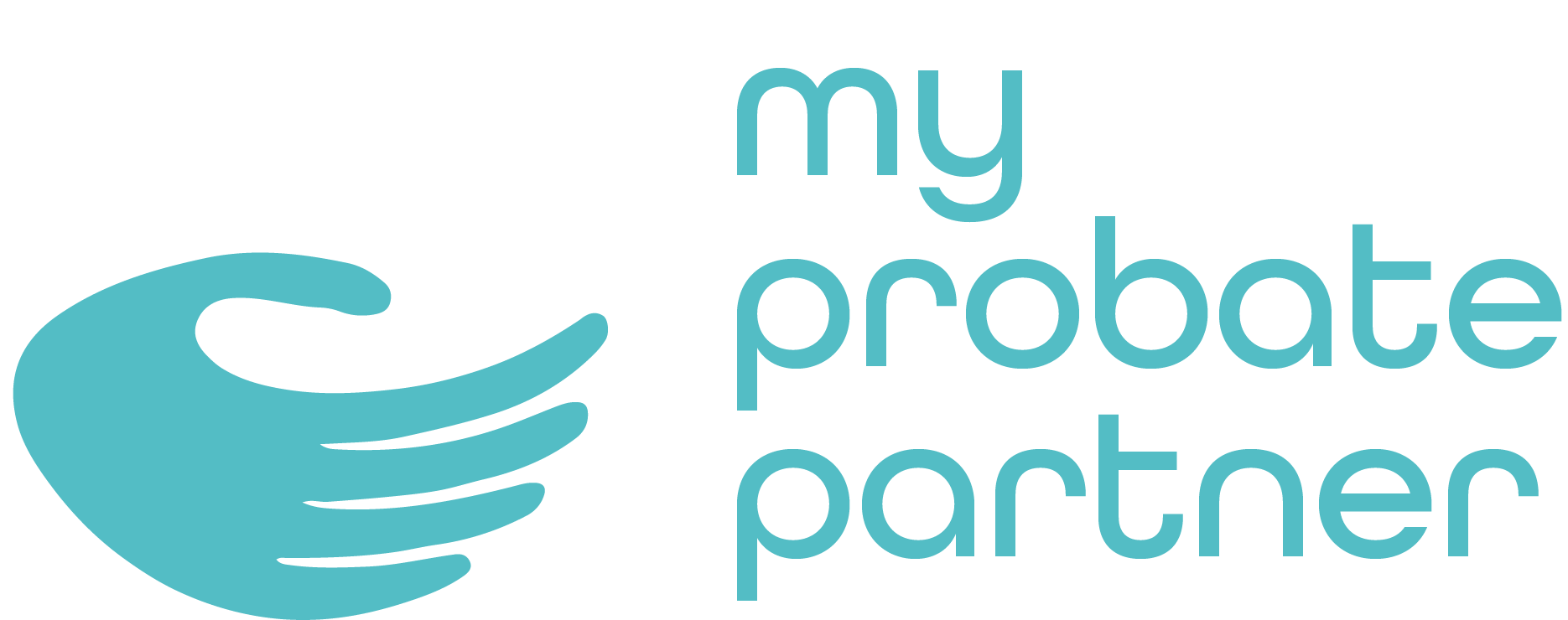Inheritance Tax and the IHT400 form
Finding out if you need to pay Inheritance Tax is an important part of the probate process. This help guide explains Inheritance Tax and the circumstances when you might need to fill in the IHT400 form.
For a quick answer on whether you need to fill out the IHT400 form, use our
IHT400 checker.
In this help guide
- What is Inheritance Tax?
- Inheritance Tax rates and thresholds
- What is the IHT400 form?
- Submitting an IHT400 form
What is Inheritance Tax?
Inheritance Tax in Scotland is governed centrally by HMRC. It is the same as the rest of the UK.
Less than 5% of estates in the UK have to pay Inheritance Tax.
You only need to pay Inheritance Tax on a deceased person’s estate if:
- they lived in the UK and
- the total value of the estate is over the Inheritance Tax threshold
For an overview of the whole probate process, visit our Ultimate guide to probate in Scotland
Inheritance Tax rates and thresholds
To work out whether you need to pay Inheritance Tax, and how much you need to pay, it’s important to understand:
- the tax threshold
- the Inheritance Tax rate
The Inheritance Tax threshold
The ‘tax threshold’ means the point at which you have to start paying tax. You only have to pay tax on the portion that is over the threshold.
The estate value for probate includes:
- everything the person owned when they died
- anything they gave away in the 7 years before they died
- anything they gave away after 1986 but continued to benefit from. A common example of this is someone putting their home in their child’s name, but continuing to live there.
For more information, visit our help guide Valuing an estate for probate in Scotland.
The standard Inheritance Tax threshold is £325,000. This means if the estate is worth less than £325,000, you never have to pay Inheritance Tax.
However, sometimes the threshold can be higher.
For example:
- If the deceased person was widowed, and inherited everything from their spouse when they died: The threshold becomes £650,000. This is because they also inherited their spouse’s tax allowance.
- If the entire estate, or anything over the threshold is left to a spouse, a registered charity, or a mix of these: There is no threshold. You do not need to pay Inheritance Tax.
- If a residential property is passed to children or grandchildren: There is an additional £175,000 allowed, if this is part of the property value. This is called the ‘Residence Allowance’. This can be doubled to £350,000 if using two deceased spouses’ allowances.
These are just some common examples. There are other circumstances where the threshold might go up.
Some shares, trusts, and business arrangements are also exempt from Inheritance Tax.
If you want to talk through your personal circumstances, you can
book a free call
with one of our probate experts.
Inheritance Tax rates
The standard Inheritance Tax rate is 40%.That means you need to pay 40% tax on anything over the threshold.
However, you will only need to pay 36% if the person left 10% or more of the total estate value to a registered charity.
What is the IHT400 form?
The IHT400 form is used to report the value of the deceased person’s estate to HMRC.
Not everyone needs to use the IHT400 form. You normally only need to use it if the estate value is over the standard threshold.
To find out if you need to fill in the IHT400 form, visit our help guide
Which tax form do I need to use?
or use our free checker tool.
You might have to fill in the IHT400 form even if you don’t have to actually pay Inheritance Tax.
Less than 1 in 10 people need to fill in the IHT400 tax form at all. Only half of these people actually have to pay Inheritance Tax.
Submitting an IHT400 form
When to fill in the IHT400 form
If you need to submit an IHT400, you need to do this before you can apply for Confirmation. However, you need to submit an unsigned copy of your C1 (Confirmation) form alongside the IHT400, so you need to start filling this in at the same time.
There are two deadlines you need to know when completing the IHT400:
- 6 months after the person died: HMRC starts to charge interest on any Inheritance Tax that you owe.
- 12 months after the person died: If you haven’t submitted the IHT400 form, you might have to pay a penalty.
This means it’s often best to submit the IHT400 form as soon as you can.
It’s okay to estimate the value of any assets that are difficult to value, and then submit a correction to HMRC at a later date.
You can also pay some or all of your Inheritance Tax before you submit the forms. If you accidentally pay too much, you can get a refund later.
How to fill in the IHT400 form
Full guidance notes for filling in the IHT400 form can be found on the
government website. HMRC will do any tax calculations for you and provide
help over the phone. You need to submit an unsigned copy of your Confirmation (C1) form with the IHT400 form.
Get help filling in tax forms
If you need to complete tax forms to apply for Confirmation, we can help with these forms:
- If you don’t need to pay Inheritance Tax, you can get all the expert support you need at an affordable price through our ‘Tax Forms’ probate support package.
- If you do need to pay Inheritance Tax, we can put you in touch with a tax expert who can help. We can still help you with your application for Confirmation. Contact us
- If you’re not sure if you need to pay Inheritance Tax, book a free 15 minute call with us and we can help you work out the best route. Book a call
What to expect after submitting your IHT400 form
HMRC should process your completed IHT400 form within 30 working days (6 weeks). Once it’s processed, you will get a letter with an authorisation code.
You need this letter to apply for Confirmation from the Sheriff Court.
How to pay Inheritance Tax
When you need to pay Inheritance Tax
You need to pay Inheritance Tax within six months after the person dies. After that, HMRC will start charging interest.
However, if you need time to sell property or other assets, you can agree an installment plan.
Inheritance Tax reference number
Before you can pay Inheritance Tax, you need to get an Inheritance Tax reference number.
You should apply for this at least 3 weeks before making a payment. You can apply online, or using a paper form.
Once you have your Inheritance Tax reference number, there are various ways to pay.
These include paying from:
- the deceased person’s bank account
- the deceased person’s NS&I bonds or government stock
- your own bank account
If you pay the Inheritance Tax from your own account, you can claim it back from the deceased person’s estate after probate.
If you are unable to pay the Inheritance Tax bill, you can:
- arrange a payment plan with HMRC
take out an Inheritance Tax loan from a specialist broker
For expert probate advice, book a free call.




